If you work from home, you’ll undoubtedly want to spend the summer working outside (in your garden, on your patio, or your balcony) to enjoy the sun.
One of the massive benefits of laptops is the ability to work anywhere, but just not under the sunlight.
It is simply impossible to avoid screen glares or prevent the device from warming up under the scorching sun.
So, should you entirely give up working under the sunlight?
Nope!
You can use your laptop in the sun but be mindful about avoiding the heat by finding an appropriate shade. Otherwise, install external peripherals that minimize the risks of overheating caused by direct sunlight or warm temperature.

These tips may help you cope with a few common issues when working outdoors but not always.
Read on to learn how to work on your laptop even in the sunlight.
Table of Contents Show
How Much Heat Can Your Laptop Take?
Let us start by answering whether working on your laptop in direct sunlight is a good idea.
No! If left in the sun for a prolonged duration, the device will likely warm up, heating the internal components to a dangerous level.
According to the lifestyle magazine, HouseBeautiful,
Most laptops will be fine in up to 30°C (85°F) weather, but using them outside in high temperatures risks causing damage to the components of your hard drive.
The laptop case is usually plastic-made, only offset some outside heat before warming up.
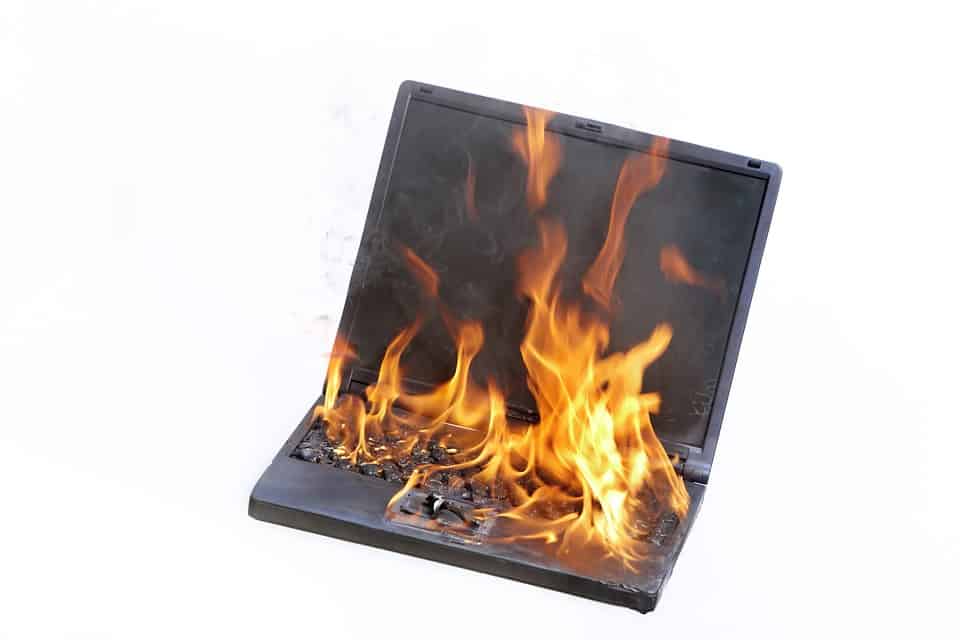
With internal components operating simultaneously, the laptop will exponentially warm up from the inside causing a more significant effect that makes the chances of the laptop catching on a Fire
Although laptops are programmed to shut down automatically when it gets overwhelmingly warm, it may still damage the internal components like the motherboard and graphic chip.
PopScience points out that CPU and GPU (Graphics) will usually start throttling between 90 and 105 degrees Celsius (194 to 221 degrees Fahrenheit), causing thermal runaway.
Thermal runaway is a severe problem for laptops exposed to significant heat regularly.
A chain reaction causes batteries to warm up due to chemical reactions causing the stored energy to release exponentially.
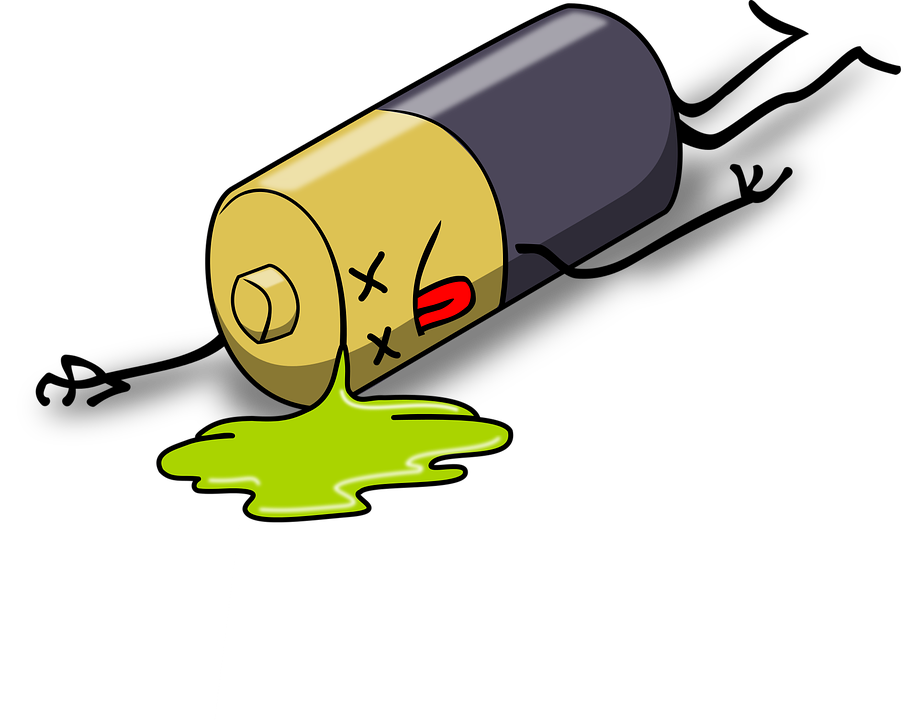
It will be bad for both the batteries and the components because the sudden spike in energy will severely damage the exposed chips and components.
Therefore, your laptop can take in only a tiny amount of heat before it gives in.
| Temperature | State | Result |
|---|---|---|
| 30-65 °C | Normal temperature in General Usage | Normal Operation |
| 70°C | Slightly high but tolerable temperature in general usage. | Normal Operation |
| 70-90°C | Normal temperature while gaming and heavy usage. | Normal Operation |
| 90-95 °C | Maximum temperature limit | Overheated GPU starts throttling. |
| 100°C | Over tolerance Limit | Starts thermal runaway |
| 220 - 687 °C | Extremely overheated | Exothermic reaction |
| 850 -900°C | Extremely overheated | Battery release burnable gas Possibility of laptop explosion. |
Read our article about the chances that your laptop could catch a fire.
Why Should You Avoid Using Laptops in the Sun?
The rule of thumb is to avoid using a laptop in the sun altogether.
Heat-related issues are more prevalent in laptops, which significantly rise when exposed to sunlight.
However, it is not only heat that is the problem when using a laptop outdoors but also many different factors.
Let us look at why you should avoid using laptops in the sun.
1. Damage to Internal Parts
Do you ever feel like your laptop is about to burn your thighs, or the fan starts spinning so loudly that it produces a weird sound?
It may happen when your laptop is overheated, usually over 70-degrees celsius.
Using your laptop in full sun can significantly raise the temperature inside, causing internal damage.
This could be alarming because an overheated device will quickly wear down the components like motherboard, microchips, graphic processors, cables, and battery.
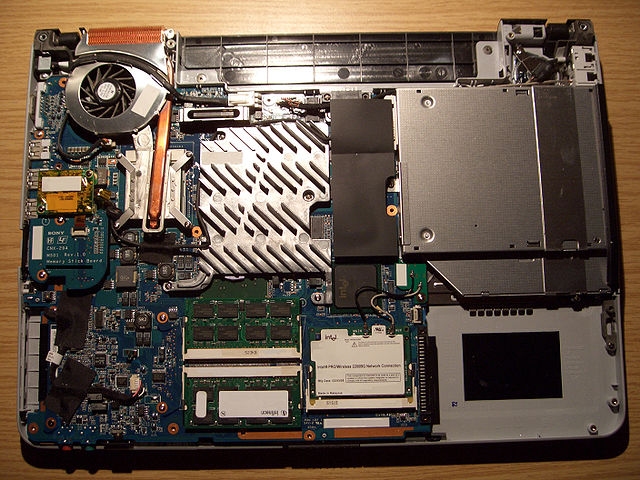
The significant damage caused by overheating will drastically reduce the lifespan of your laptop.
Moreover, laptop emits EMF radiation when coupled with laptop heat, EMF (electromagnetic frequencies) production will increase significantly.
Likewise, if your laptop’s screen is built of an older LCD, it is susceptible to damage from sunlight’s UV rays.
On the other hand, the glass used in modern LCD screens protects roughly 90% from harmful UV rays. Although a significant amount of low-energy UV reaches the screen, it is not detrimental.
Related article: Why Does My Computer Keep Freezing? [10 Easy Fixes]
2. Thermal Runaway
A significant side-effect of an overheated laptop is its dwindling battery life.
Overheating encourages a chain reaction, causing batteries to warm up and release the stored energy exponentially, also called thermal runaway.

When the laptop overheats in the sun, it accelerates this process, causing short battery life and a faulty capacitor (a device that stores electric charge).
Thermal runaway is a concern that begins at 60°C and gets exceedingly dangerous at 100°C.
With prolonged exposure to heat, the battery may even become unusable.
In some cases, thermal runaway can cause batteries to explode and fire.
3. Extra Cost for Cooling Peripherals
Working in warm conditions would require buying cooling peripherals for your laptop.
A chill mat or cooling pad is an excellent idea to keep your laptop cool outdoors, but it would cost you extra bucks.
However, it will only reduce your laptop’s temperature by a few degrees.
It may not be enough to cool down a highly overheated laptop, especially a gaming laptop.
4. Damage from Rising Humidity
One of the risks of working outdoors in the sun is the likelihood of damage from rising humidity.
Although less likely, your laptop may encounter water damage if the humidity rises above 80% in a given area.
More water evaporates when the sun hits a moist spot, especially on surfaces such as grass or garden soil, causing humidity levels to rise exponentially.
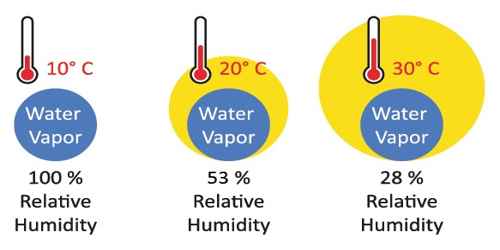
So, avoiding taking your laptop outside on a moist surface when the sun is high would be better.
5. Screen Glares
Where there is light, there will be reflections or screen glare. Screen glare can become a real nuisance when trying to work outdoors.
Along with making the screen look inaudible, prolonged exposure to screen glare will affect your eyes, causing eye strain, blurred vision, and dry eyes.
According to American Optometric Association,
With screen glare, your eyes have to constantly adapt to the difference between dark and bright areas, leading to symptoms such as headaches and migraines.
How to Keep Your Laptop Cool in the Sun?
Laptops are vulnerable to heat because the compact design does not allow airflow as efficiently as a computer.
But do not worry yet! Here are a few tips to help you use a laptop in the sun.
1. Pick a Shade
It would be the most cost-effective approach to working outdoors in the sun. Wherever possible, arrange your laptop in the shade to keep it naturally cool.
Keeping your laptop cool will also prevent screen glares, making it easier for you to see the screen.

Your laptop is less likely to heat up externally with no direct sunlight. However, the outside temperature may affect its performance.
Ensure to use a cooling peripheral or shut your device down occasionally to prevent it from heating up even in the shade.
2. Stay Within 50 to 95-Degrees Fahrenheit
Modern laptops can easily take heat up to 95 degrees (35°C), but it does not indicate that you should continuously test your device.
Keep a check on both the outdoor and the laptop’s internal temperature when working in the sun.
Ensure to shut down your device when the temperature begins to rise to prevent the risk of overheating.
The great thing is that you can get free and paid software that assesses your laptop’s temperature to notify you on time.
Try staying within the 50 to 95-degree range at all times to prevent overheating by either using a cooling peripheral or shutting down your laptop.
3. Get Cooling Peripherals
Cooling peripherals work pretty well in maintaining your laptop’s temperature to a minimum.
It is one of the most used devices to keep laptops cool when working.
Some laptop coolers reduce the temperature by only a few degrees, while others substantially reduce the temperature by 10-degrees or more.
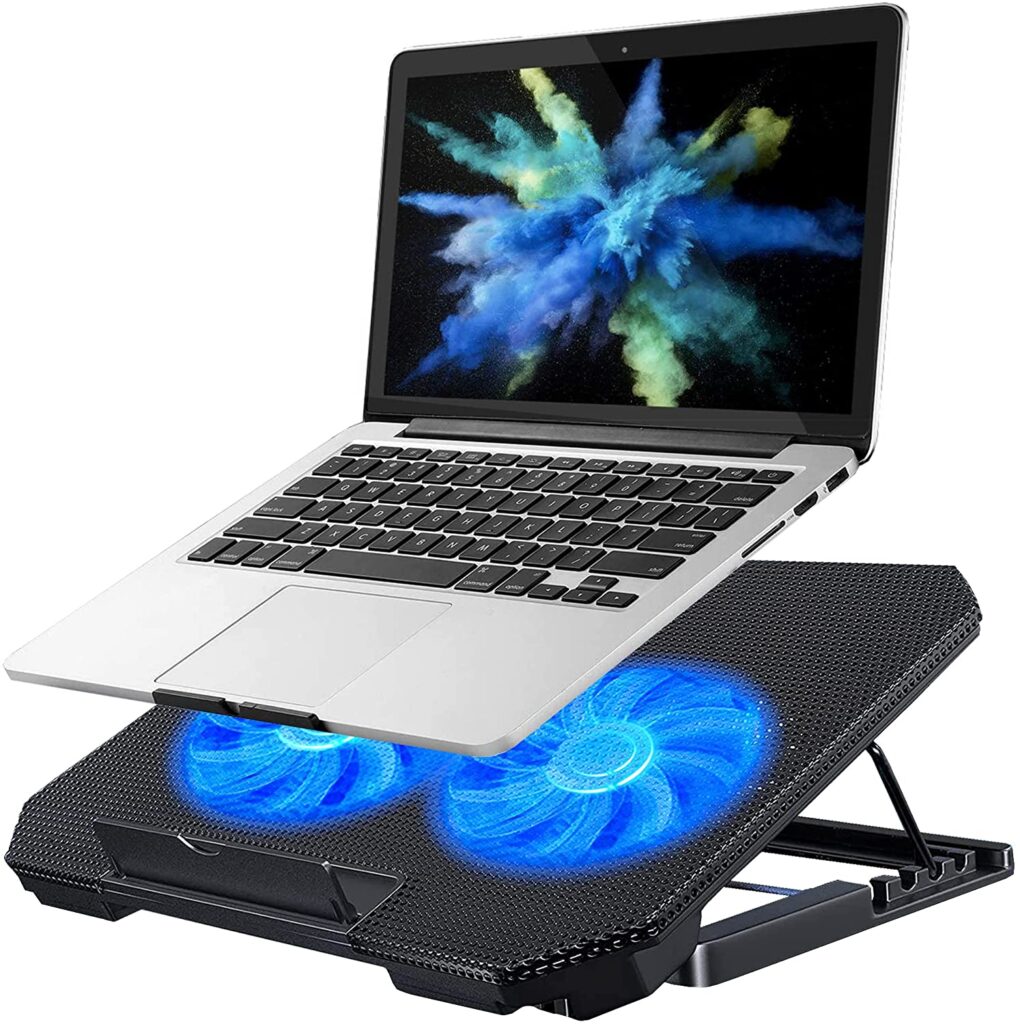
It would depend on the device, model, and manufacturer.
Here are a few recommendations for you.
| Cooling Pad | Specification | Image |
|---|---|---|
| Laptop Cooler with 6 Quiet Led Fans | 5.6-17 Inch Laptop Cooling Fan Stand with three big fans and three small fans and Ultra Slim USB connection |  |
| KEROLFFU Laptop Cooling Pad | 15.6, 14-13 inch with big, super quiet dual-Fans ((5.52in diameter)) and a built-in USB Line | 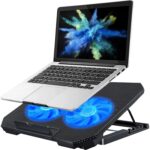 |
| Coolertek USB Powered Laptop Cooler | Cooling pad with dual 160mm quiet fans for a noise-free environment. USB 2.0 ports available | 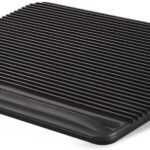 |
4. Do not Leave it Inside a Car
On summer days, the temperature inside the car can quickly reach over 95-degrees.
In some cases, cars left outside in the sun can reach over 140 digress within minutes.
The heat trapped inside the car will quickly warm your device, causing severe damage to the internal components.
Ensure to carry it with you in a laptop case wherever you go.
5. Invest in Laptop Hood
A laptop hood or laptop visor does an excellent job of shading your screen from sunrays.
It prevents the sun rays from landing on the laptop when working outside.
Although initially designed to prevent sunlight reflections, it also comes in handy to prevent the laptop from heating up.
It may look like a three-sided box (one side remains open).
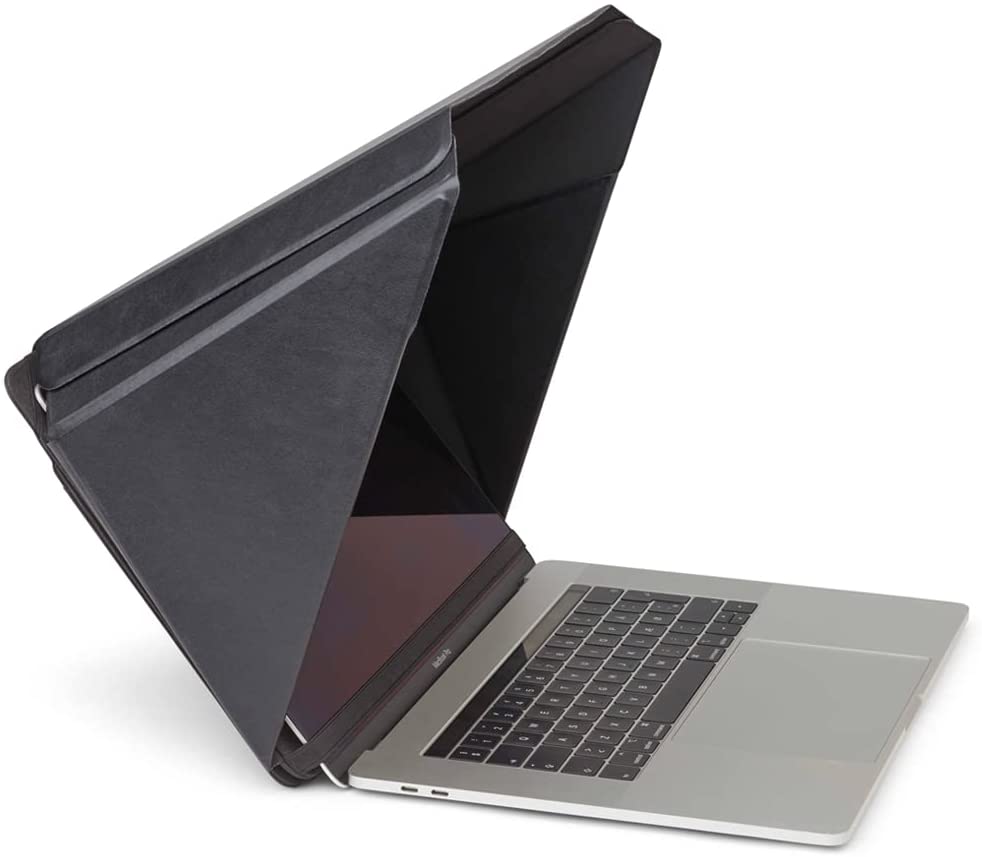
Do not forget to check the specification before buying one for your laptop. You would not want to land up with a laptop visor that does not fit your laptop.
6. Improve the Screen Visibility
Poor visibility and screen reflections or glare are equally bothering factors when working in the sun.
Here are a few tips to offset the effects of bright sunlight when working on a laptop outdoors.
- Increase the brightness of your screen to cut the screen reflection caused by sunlight automatically.
- Wear polarized sunglasses or dark glasses to cut the screen glare drastically.
- Wear dark clothes instead of white clothes to prevent reflecting light onto your screen.
- Use a laptop hood to prevent sunlight from reaching your laptop screen and keypads.
- Pick outdoor-optimized laptops with matte finish screen and I/O or Indoor/Outdoor settings to get an anti-glare view.
Also Read: Is Direct Sunlight Damaging To Monitors?
What to do With an Overheated Laptop?
If you cannot prevent your laptop from overheating, you must figure out why.
The sunlight alone is not a culprit for overheating the laptop; there may be other reasons.
- Ensure the fan is running: A laptop fan either working slowly or not working at all will significantly overheat the laptop.
Dust is one of the reasons for a slowed laptop fan - Blow Out the Dust: The next step is to blow out the dust using compressed air.
However, it would help if you uncovered the laptop before using it. - Take to the Professional: Take your laptop to the professional if you cannot open it up or feel something else is off.
- Use Genuine Battery and AC Adapter: Using a faulty battery and AC adapter causes the device to heat up instantly.
Ensure to buy genuine peripherals at all times. - Update Drivers and Software: Although rare, outdated drivers and software can cause overheating.
Therefore, keep your device updated at all times.

Final Verdict
It is not unusual for laptops to heat up when working in a warm environment, such as under the sunlight.
For an optimal outdoor experience, take the tips mentioned above into account.
With these practical tips in hand, you can prevent your laptop from overheating in any condition.
However, you should actively avoid conditions that may create an unfavorable environment for working on a laptop.
Related Article: Should You Place Your Laptop on Bed?


